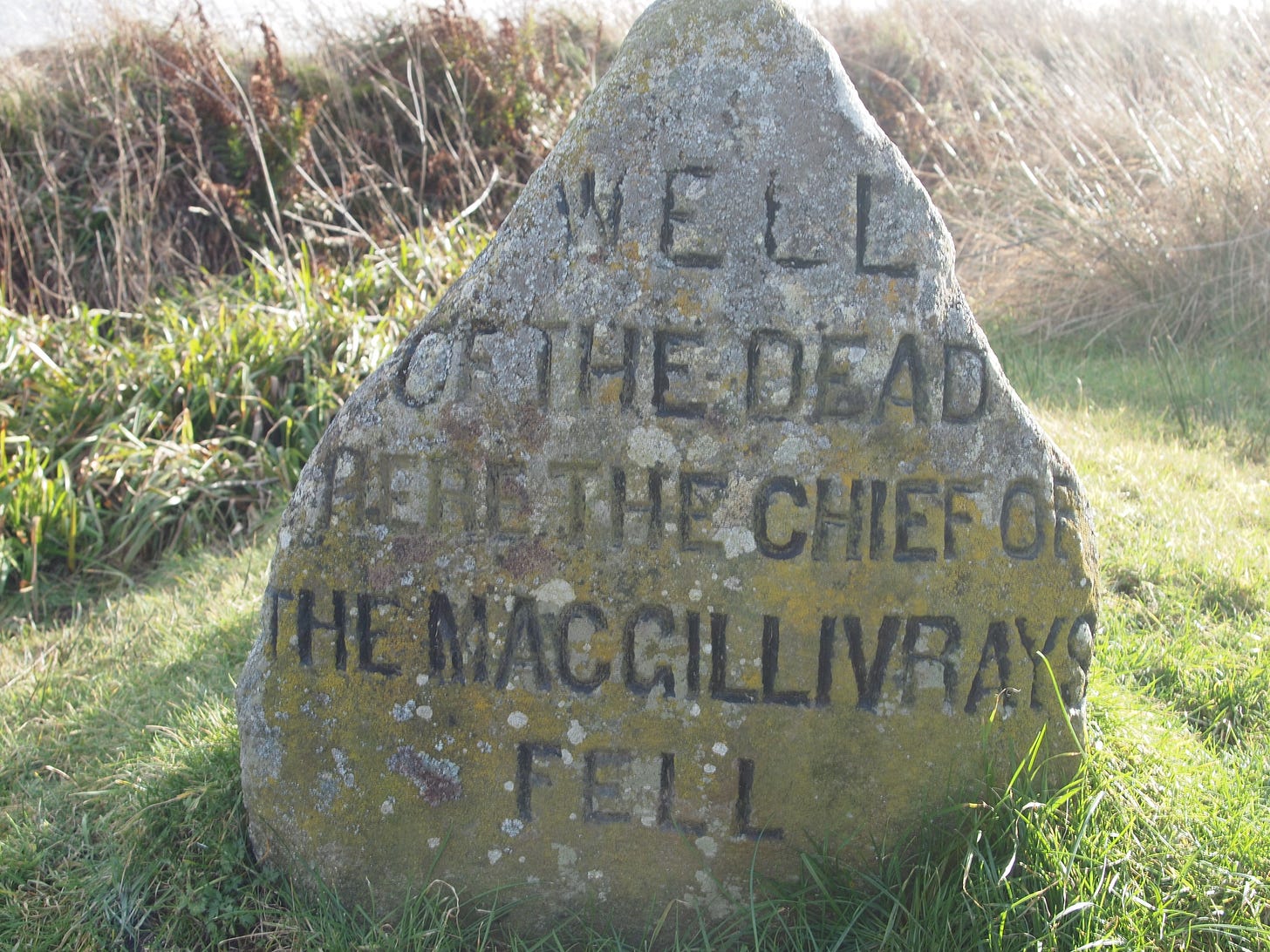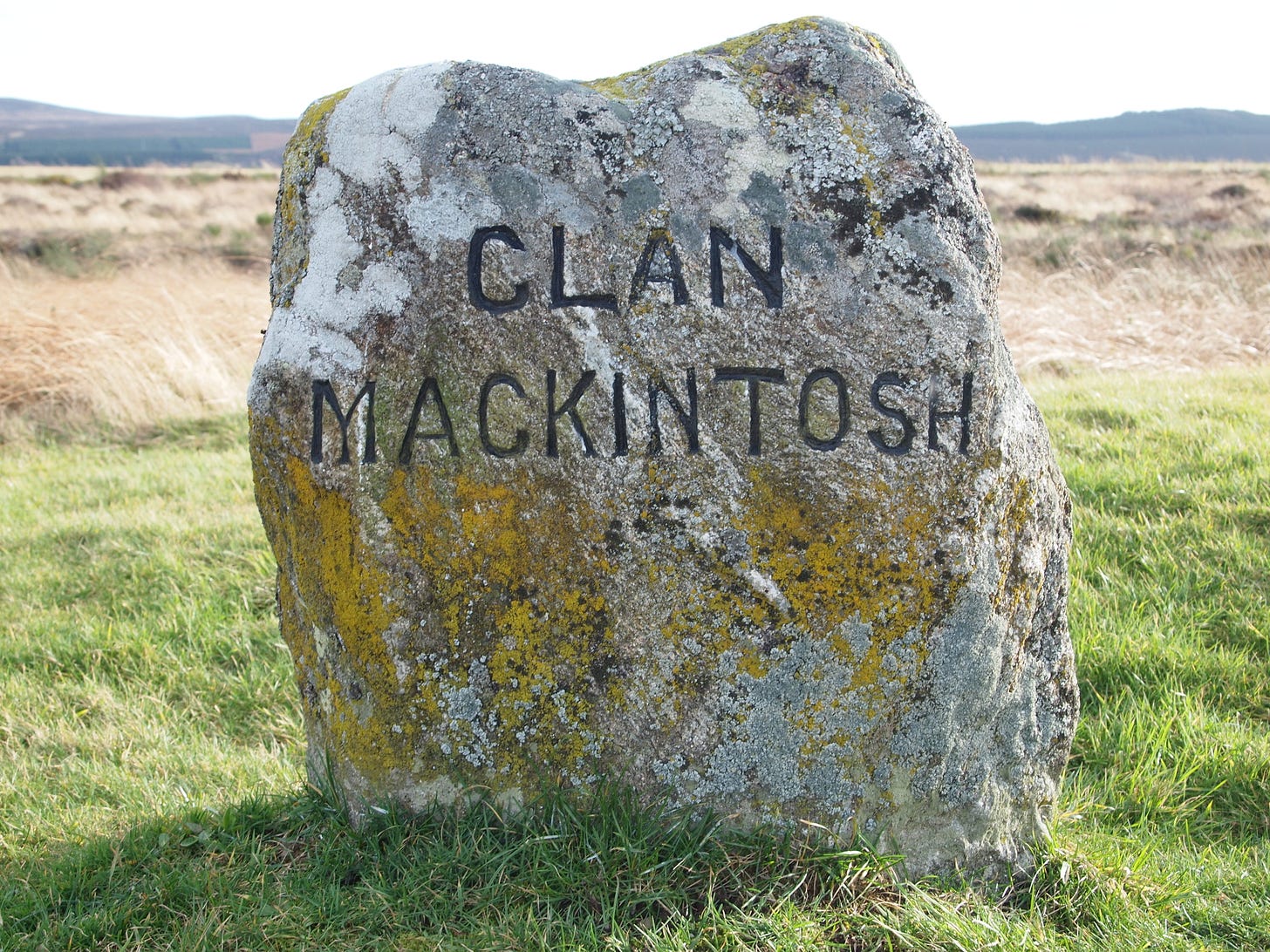The Battle of Culloden and the fate of the Clan-Chief of the Camerons
New insights into the dramatic events in 1746 that featured in the well known Outlander novels

Latest investigations by archaeologists at Culloden Battlefield close to Invernesss in the Scottish Highlands have recovered a wide range of artefacts, including a buckle they believe to be the shoe buckle of Clan-Chief Donald Cameron of Lochiel, who led the 400-strong Camerons regiment into the battle.
Archaeologists unearthed large quantities of musket balls, grapeshot and an intriguing damaged buckle, thought to belong to leading Jacobite, ‘The Gentle Lochiel’, injured in the battle. The find illustrate the intensity of the fighting and it mark the 278th anniversary of the battle on 16 April 1746, which saw around 1600 men killed in less than an hour.
The Battle of Culloden in 1746 was the last battle ever fought on British ground. The charismatic leader of the Jacobites, Bonnie Prince Charlie, wanted to secure the British throne for his father. He summoned the Scottish Highland-Clans in order to fight for his cause and the cause of the Scottish Stuart kings. But after initial success, Bonnie Prince Charlie ran out of luck. His army met its destiny on the battlefield of Culloden where a much larger and better equipped army of the King in London waited for them.
After the battle, Bonnie Prince Charlie managed to escape and went into exile in France. The dramatic events in 1746 feature in the well known Outlander novels and TV-Series, that became an international success and bestseller.
Of particular significance and interest to the archaeologists were two items found in close proximity – a single piece of heavy lead grape shot and a broken copper alloy buckle.The grape sho obviously hit something with great force as one side of the lead ball has been completely flattened. The ball would have been around 2-3cm in diameter and, at 102g, weighed about four times a standard musket ball.
"The flattened side of the impacted ball has a striped impression, with part of the surface gouged and rolled back and an angular cut on one of its edges. It looks like it hit something angular with enough force to flatten the ball but also at an angle to cause the gouge across it.“
The other item found in the same hole was a flat copper alloy object. This appears to be part of a broken rectangular framed buckle for a strap measuring 26mm wide.
The buckle is decorated on the outside with cast beaded dots, plain lines and a central twisted-rope pattern, with a shape reminiscent of the flat, slightly-curved shoe buckles often shown in contemporary illustrations. The juxtaposition of both these artefacts, recovered from the same hole and within 20-30m of the British Army front line, is intriguing and the obvious conclusion would be that the grape shot hit the shoe buckle and broke off one end.
"This is of particular significance as one of the most recounted stories of the Jacobite charge at Culloden is the wounding of Donald Cameron of Lochiel, known as ‘The Gentle Lochiel’, says archeologist Derek Alexander:
"The late Christopher Duffy, a leading authority on the Battle of Culloden, tells how Lochiel ‘advancing at the head of his regiment [the Camerons], was so near Barrell’s [Government Regiment] that he fired his pistol, and was drawing his sword when he fell, wounded with grapeshot in both ankles.”
“This description shows us that Lochiel was hit in the ankles charging forward and if he had been wearing shoes with buckles, it is possible that these would have been hit and partly absorbed the impact. We can’t prove that this is what happened but both objects combine to tell the story of the terrible events that took place on that day.”
Donald Cameron of Lochiel (1695-1748) was the hereditary chief of Clan Cameron and led their 400-strong regiment at the Battle of Culloden. A staunch Jacobite, he played a key role in the 1745 Rising and marched with his clan regiment to the English town of Derby and back. Despite being wounded at Culloden, he managed to escape to France with Bonnie Prince Charlie in September 1746.
He died of a stroke in northern France at the age of 53 in 1748. After the Rising, he was give the nickname ‘The Gentle Lochiel’ due to him preventing the Jacobite army from sacking the city of Glasgow in 1746.
Gail Cleaver, the National Trust for Scotland’s Operations Manager for Culloden, says: “Culloden Moor is a powerfully emotive place, and it’s rare for a landscape of this age to be so relatively intact. The National Trust for Scotland has been acquiring and caring for parts of the battlefield since 1937.





